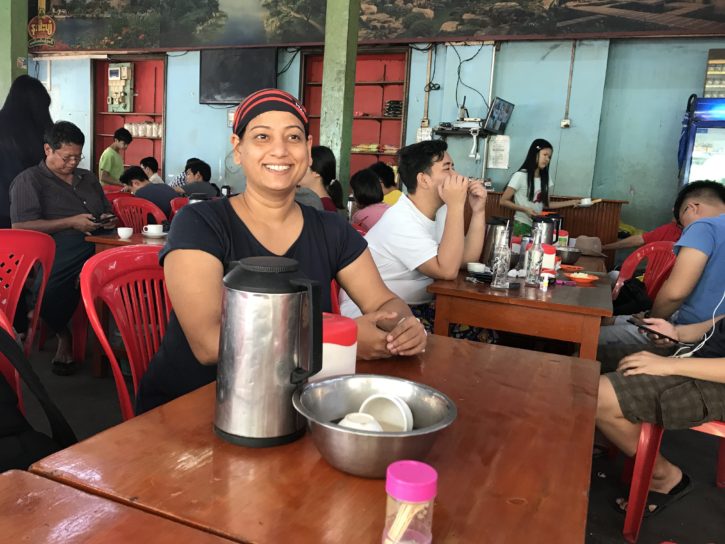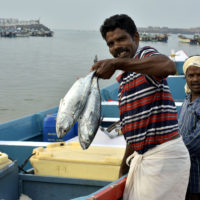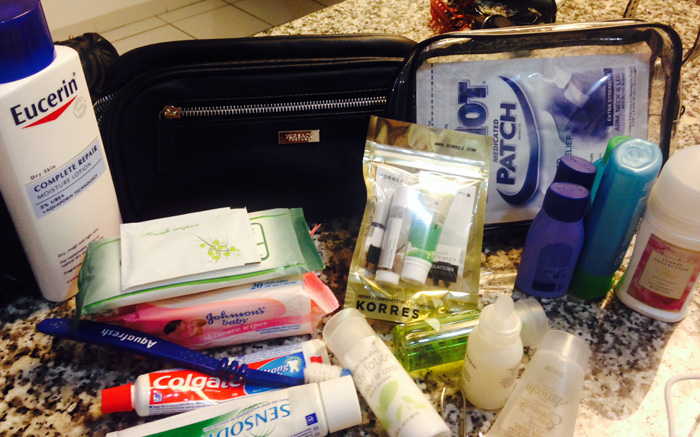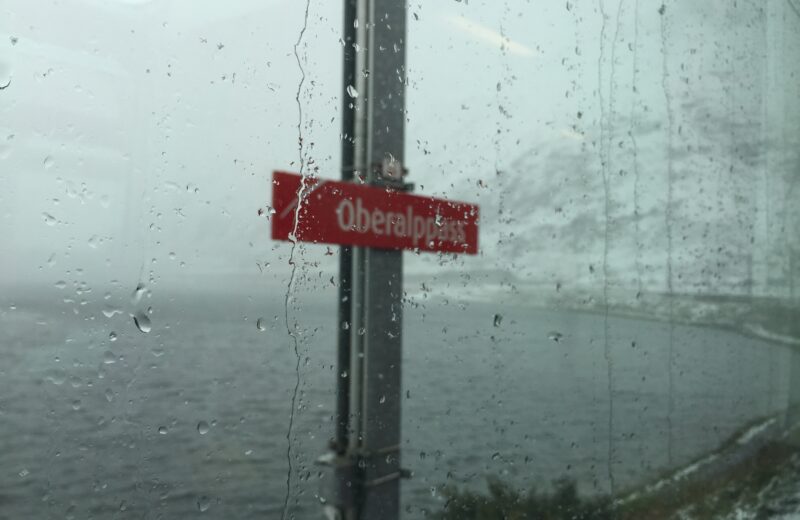A tiny porcelain cup stared at me. Empty. Beside it was a kettle letting out steam. I picked up the kettle gingerly with my right hand and directed the snout at the tiny white porcelain cup I balanced expertly in my left and poured. Hot, pale yellow liquid streamed into the cup. A raw smell hit my nostrils. Raw but mild. I put the kettle down and stared the pale, yellow liquid languishing in the cup. Steam was gently rising from it.
Tea.
Now, coffee is my religion. I was about to commit blasphemy. And I wasn’t happy about it.
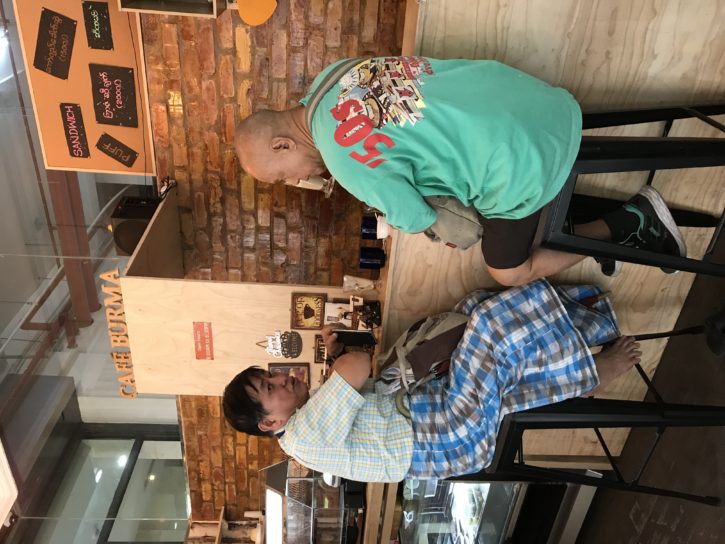
A new phase
The young, thanka-smeared Burmese woman looked at me expectantly. From my expression, she had deduced my aversion to tea. I put the cup to my lips and sipped, apologizing to the coffee gods silently. The hot, yellow liquid traced a path down my throat gently. In the past, I had announced that if ever I was forced to drink tea, I’d choose a painful death. Ignoring my hastily made promises, I took the second sip. By the third, it was gone.
I smiled at the woman and followed it up with a lukewarm thumbs-up, a universal sign of approval that was fast catching up in the backstreets of Yangoon. I was slowly making up my mind whether to discard the idea of tea drinking or make peace with it. Peace won. Chinese tea, she told me happily, was best consumed after a meal. There was some truth in what she said. The horrendous amount of chili in the meat did not bother me that much.
For the first time – tea scored.
Thus began a brand new phase of my life – tea drinking. But staying true to my religion, I promised myself, this would last only as long as the validity of my Myanmar visa. In my defense, it had been really hard to find a good cup of espresso especially in smaller towns on Myanmar, which I had made it a point to visit, and it was necessary to keep myself stimulated. And alert. Tea was almost as good as coffee in the result it brought. I was alert.
Tea, tea, tea
Tea was easy to find – and what a lot of variety there was! Tea was free with every meal – not the milk and sugar kind, if you know what I mean. You could drink endless cups at no extra charge. Like water in Indian restaurants. Steeped tea mixed with milk and sugar came at a price. If there is one thing I hate more than tea, it is tea with milk and sugar. But in some magical way, a combination of condensed and evaporated milk, sugar and steeped tea gave it a whole new flavor.
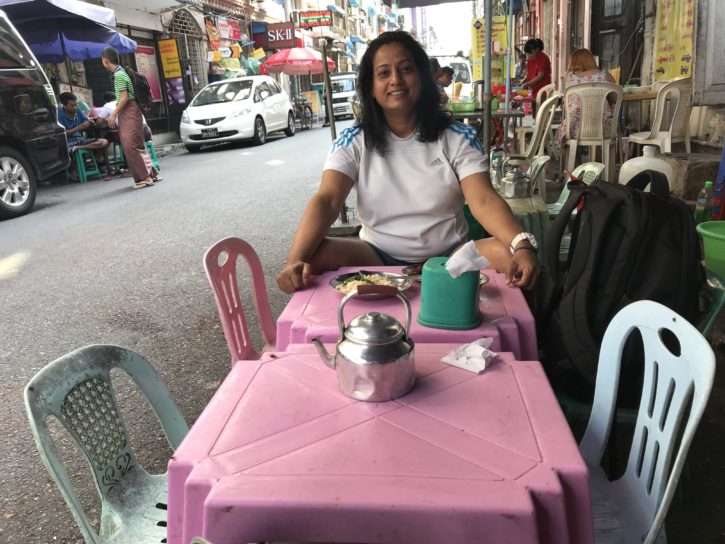
I was even beginning to enjoy it.
Tea, I knew was the most popular drink in Myanmar. Milk tea, Chinese tea and even instant tea was a welcome while coffee, was, well, limited to upmarket coffee shops in the city or as 3×1 mixes in sachets that was deliberately ignored. Even in stores, you had to look really hard for coffee mix and upon consuming any of it, you’d realize it was not worth the trouble at all. Nothing good came of drinking coffee mix.
Hostel coffee was worse, and I remembered Abraham Lincoln every time I was forced to drink hot, dishwater. If this is coffee, please bring me some tea. But if this is tea, please bring me some coffee, I’d say thoughtfully.
Sadly, it never worked. You get the drift?
When this happened, I missed even the convenient 3×1 coffee mixes.
Tea is the local love
Millions of people around the country start their day with a hot, stimulating tea in Myanmar. This is before they begin chewing betel leaves, of course. Tea is connected to the daily life of locals, particularly the step-by-step tea found in tea shops. I was told this type of tea was favoured because it showed “affection” that was absent in instant tea.
And god knows that for a long- term traveler, how much that means. I took to drinking tea in the morning and after every meal till one day I realized I had forgotten what a strong black tasted like.
Long live tea.
Did you know?
- Tea culture is said to have begun after King Thibaw was exiled to India in 1885.
- The first tea shops in the country were created by Indians.
- There are three popular varieties of tea leaves in Myanmar – Shwepe, Khar Kant and Hnin Tat. Every harvest varies depending on climate, rainfall, and other seasonal conditions.
- Traditionally tea shops were male dominated. That trend has changed.

